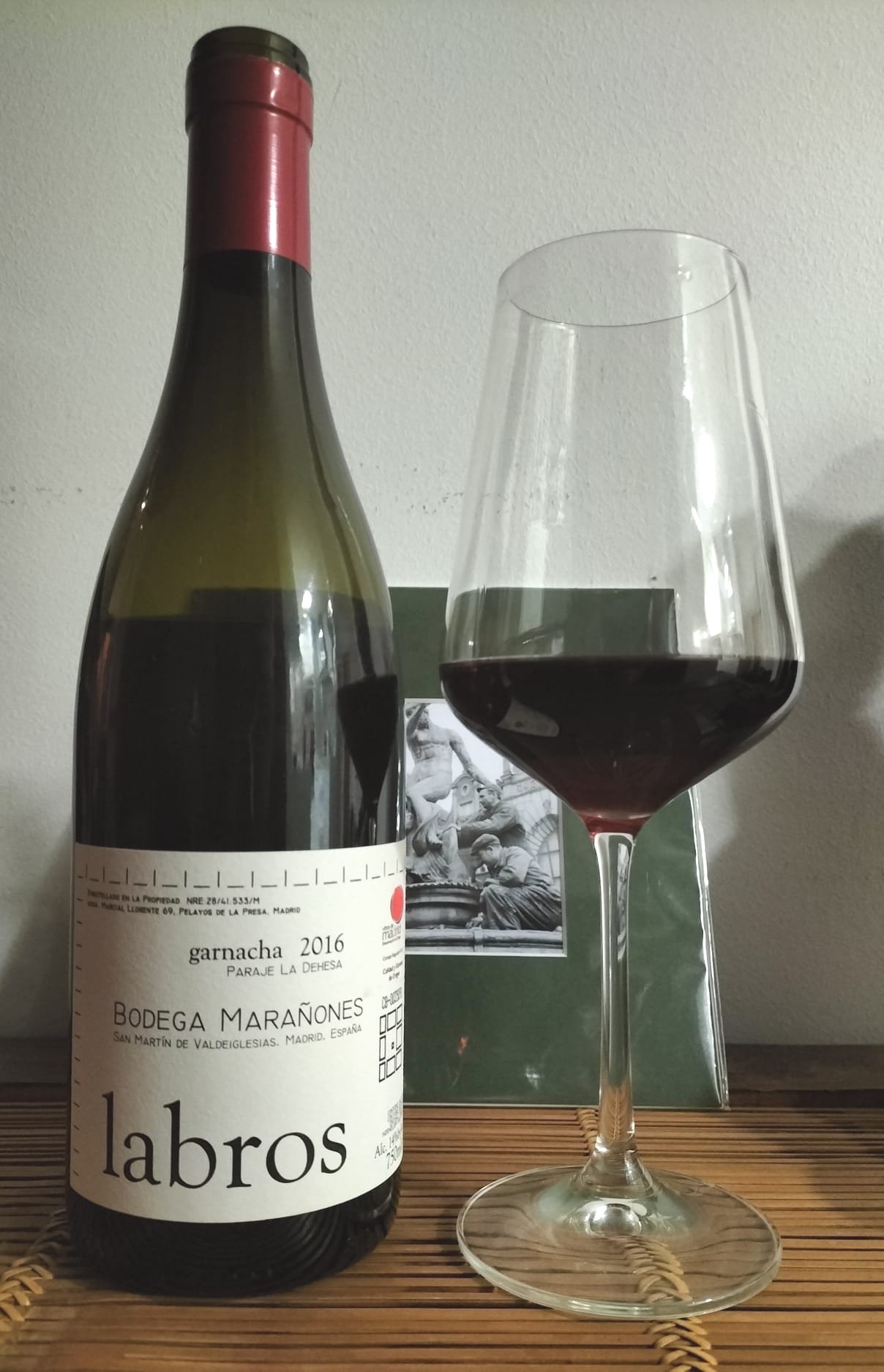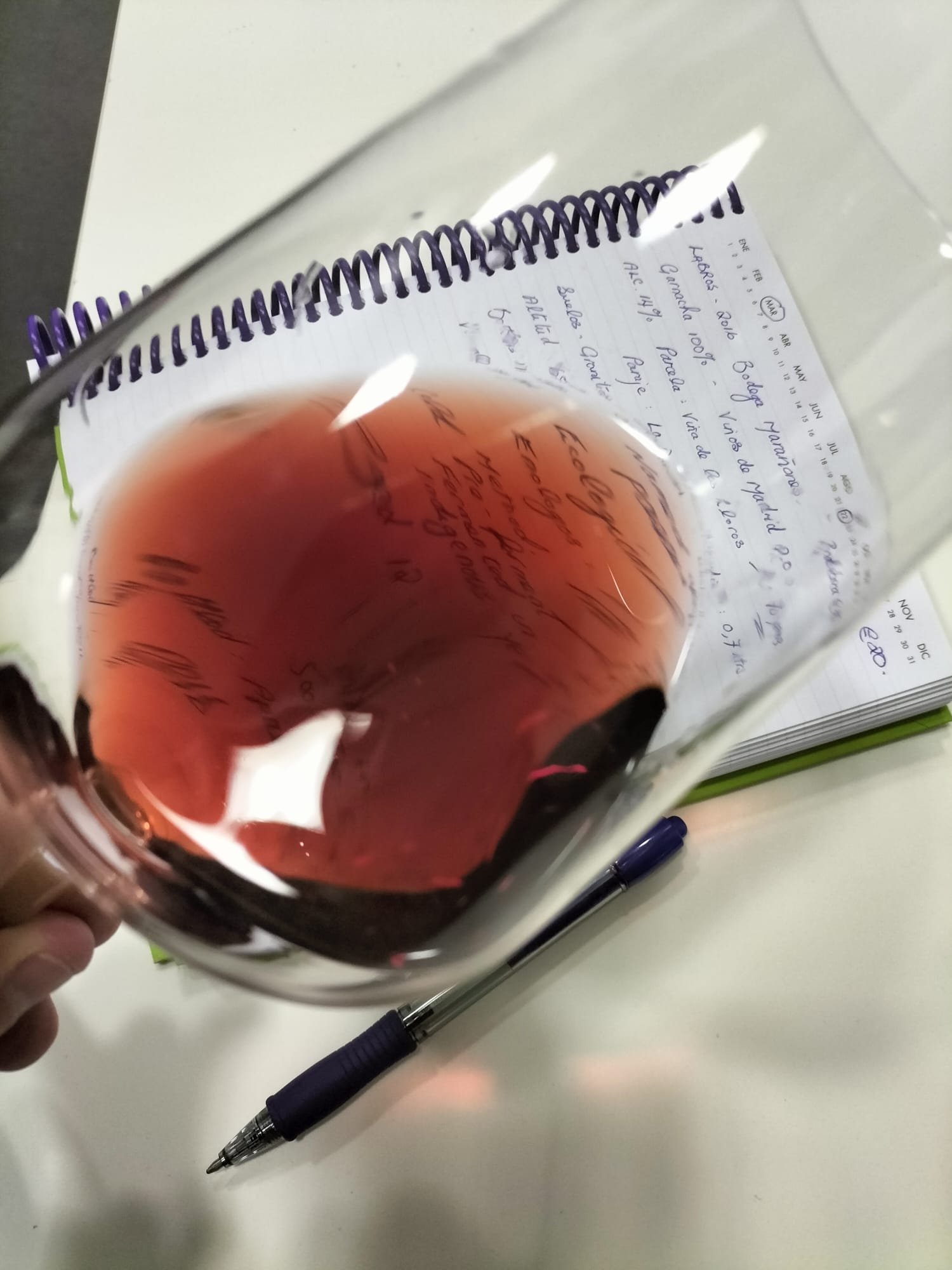Wine of the Week
Phil Mugford speaks to Gredos specialist Alvar de Dios, below, about his experiences in helping to put Bodega Marañones on the map.
Photo courtesy of Luis Gutiérrez
Labros 2016 - Bodega Marañones
Enologists - Fernando García Alonso & Alvar de Dios
Region – DO Vinos de Madrid
Varieties – 100% Garnacha (12 months in used oak)
ABV - 14%
€20 (2,400 bottles)
Sierra de Gredos wines continue to captivate. Comparisons abound with other legendary old world regions like Burgundy or Nebbiolo from Piedmont. Those regions have far greater, and far longer, traditions than the Gredos and so much more is known of its terroir. Gredos, with its still relatively young tradition of fine wine, is yet to give up all its secrets. To really get into the nitty-gritty of Gredos parajes & parcelas it’s essential to talk to the winemakers themselves.
None better to talk to currently than one of Spain’s brightest lights, Alvar de Dios. A busy man indeed and hard to pin down so it was a real treat to pick his brains earlier this week. His work with Telmo Rodrigúez took him to the Gredos in the early days so he knows the terrain as well as anybody. After several years working with Bodega Marañones he’s well-placed to explain not just the features of this wine but of the region in general.
Labros, the name of a brook that runs through this part of the vineyards, is in fact the lowest parcela that Marañones work. At 650 metres of altitude it sits on some of their deepest soils made up of the decomposed granite which is synonymous with the terroir around the village of San Martín de Valdeiglesias. It’s westerly facing and so it’s warmer than other parcelas. Alvar says that this gives this wine a more Mediterranean profile than higher parcelas or those further west in the DO Cebreros which exhibit more Atlantic character. It’s fruitier and riper rather than the more floral Garnacha which many Gredos lovers have taken to their hearts in recent times. As Alvar goes on to say you’ll notice chalkier tannins the closer you are to San Martín de Valdeiglesias due to the higher levels of calcium in the soils there. Even in a very cool year, like 2016, it’s more muscular than more westerly Garnacha. He remarks that both 2016 & 2018, both cold years, are great añada for bottle ageing the wines from here.
In the glass it’s clear we’re looking at Gredos Garnacha with its tell-tale translucence and vivid raspberry & strawberry nose. It’s on the palate that perhaps doubts will creep in if tasted blind. Spiciness abounds with hints of clove and black olive on the mid-palate. It’s got grip too from those chalky tannins. It’s certainly drier than several Cebreros Garnacha I’ve tasted. It’s a lovely wine although perhaps lacking that ethereal quality that more westerly Gredos seems to invoke.
The future of this wine is uncertain as is Alvar’s future relationship with Bodega Marañones. Following Pago de Carraovejas well-publicised purchase of the bodega in 2021 there’s clearly a wind of change blowing through this part of the mountains. Alvar is not sure if Labros will continue to be made or branded as such or what the immediate future will hold for him with the new owners. Not that he should worry too much. His own future can only promise great things as his more personal projects like Tío Uco & El Pego in Toro, along with his work around the Spanish/Portuguese border in the DO Arribes, receive more and more plaudits from consumers and critics alike. Time will tell what the future holds for Labros and the excellent wines of Bodega Marañones.


